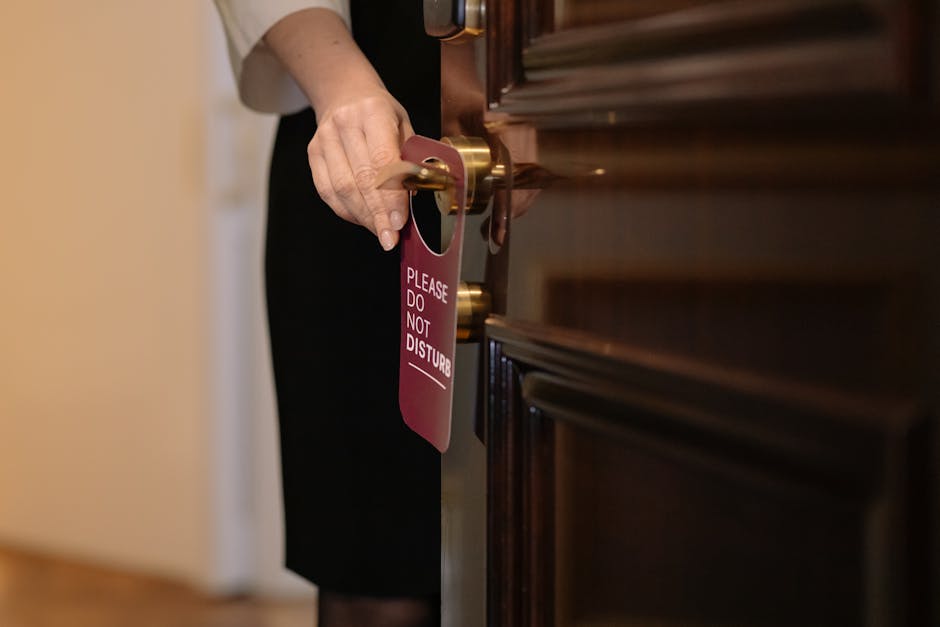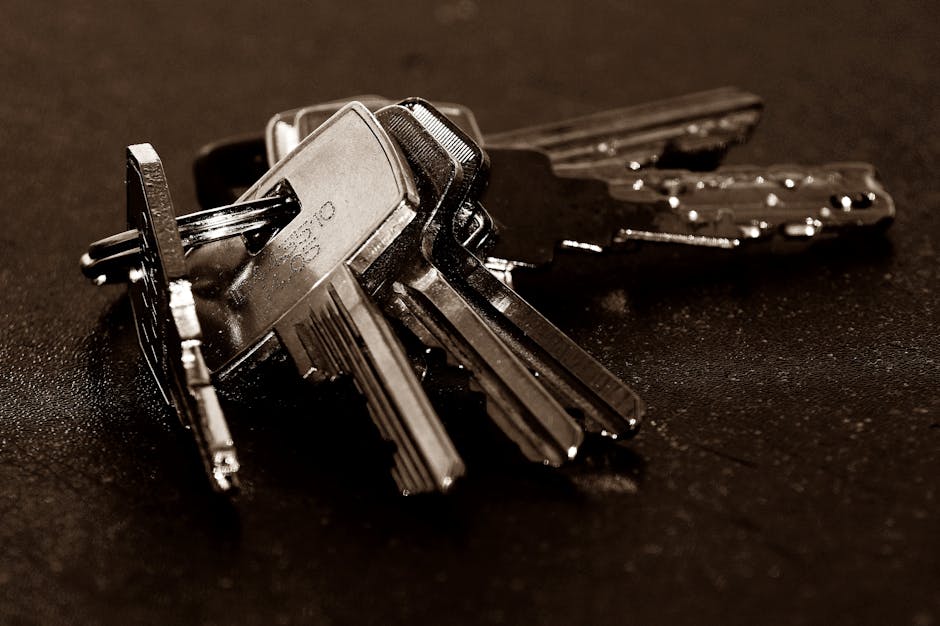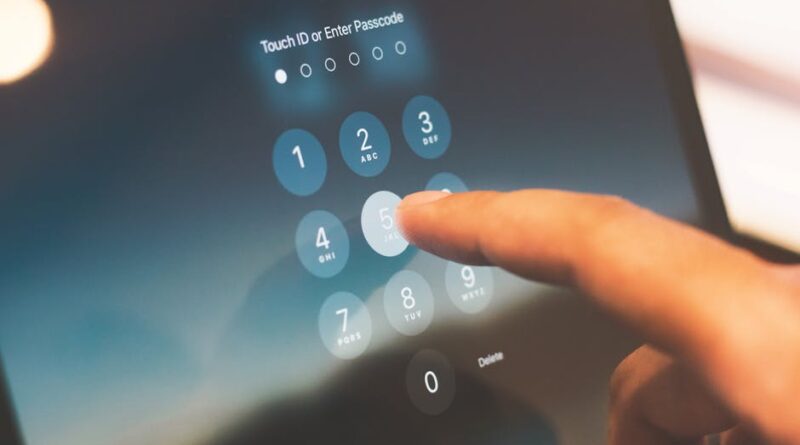How to Set Up a Secure Guest Wi-Fi Network
Welcome to the digital age, where staying connected is more important than ever. Whether you’re hosting a party, running a business, or simply welcoming guests into your home, providing a secure guest Wi-Fi network is essential. In this comprehensive guide, we will delve into the intricacies of setting up a secure guest Wi-Fi network, ensuring both convenience and protection for your network and its users.
The Importance of Secure Guest Wi-Fi

Imagine this scenario: you’re hosting a gathering at your home, and your guests are constantly asking for the Wi-Fi password. You might be tempted to share your primary network password, but this poses significant security risks. By setting up a separate guest Wi-Fi network, you can provide internet access to your visitors without compromising the security of your personal devices and data.
Guest Wi-Fi networks are designed to keep your primary network safe from potential threats that may arise from shared access. By segmenting your network, you can control the level of access guests have to your internet connection and devices. Additionally, a secure guest Wi-Fi network can prevent unauthorized users from gaining entry to your network and potentially intercepting sensitive information.
With the increasing prevalence of cyber threats and the growing number of connected devices in our homes and workplaces, the need for secure guest Wi-Fi networks has never been more critical. By following best practices and implementing robust security measures, you can ensure that your guests can enjoy seamless connectivity without compromising your network’s integrity.
Creating a Separate Guest Network

Setting up a separate guest network involves creating a distinct Wi-Fi network that is isolated from your primary network. This separation allows you to control access permissions, monitor traffic, and restrict potential threats from infiltrating your main network. Here’s how you can create a secure guest Wi-Fi network:
1. Access Your Router Settings
The first step is to access your router’s settings through a web browser. You can typically do this by entering your router’s IP address in the address bar. Once you’ve logged in, look for the option to set up a guest network.
2. Enable Guest Network Feature
Within your router settings, you should find an option to enable the guest network feature. This feature allows you to create a separate network SSID (Service Set Identifier) and password specifically for your guests. By enabling this feature, you can configure the settings for your guest network.
3. Configure Guest Network Settings
When setting up your guest network, consider enabling features such as guest isolation, which prevents devices connected to the guest network from communicating with each other. You can also set bandwidth limits to ensure that guests do not consume excessive bandwidth, affecting the performance of your primary network.
4. Establish Security Protocols
It is crucial to implement robust security protocols for your guest network to protect both your guests and your primary network. Ensure that you use strong encryption such as WPA2 (Wi-Fi Protected Access 2) for securing the guest network. Additionally, consider setting up a guest portal that requires users to agree to terms of service before accessing the network.
5. Create a Strong Guest Password
When creating a password for your guest network, opt for a strong and unique passphrase that is different from your primary network password. Avoid using easily guessable passwords or default passwords provided by your router. By creating a strong password, you can enhance the security of your guest network.
6. Test the Guest Network
Before allowing guests to connect to the network, test the guest network to ensure that it is functioning correctly. Verify that guests can connect to the network, browse the internet, and access the necessary resources without encountering any issues. This testing phase helps identify any potential issues before guests arrive.
Guest Network Best Practices

Creating a secure guest Wi-Fi network involves more than just setting up a separate network. To ensure the highest level of security for your guests and your network, consider implementing the following best practices:
1. Regularly Update Router Firmware
Keep your router’s firmware up to date to patch any vulnerabilities and ensure optimal performance. Manufacturers release firmware updates regularly to address security issues and improve functionality. By updating your router’s firmware, you can protect your network from potential threats.
2. Enable Guest Network Isolation
Guest network isolation prevents devices connected to the guest network from communicating with each other. This feature enhances security by limiting the potential for malicious activities or unauthorized access within the guest network. By isolating guest devices, you can contain any security breaches that may occur.
3. Implement MAC Address Filtering
MAC address filtering allows you to control which devices can connect to your guest network based on their unique MAC addresses. By creating a whitelist of approved devices, you can prevent unauthorized devices from accessing your network. This additional layer of security helps protect your guest network from unwanted intruders.
4. Monitor Network Traffic
Regularly monitor network traffic to identify any unusual or suspicious activity on your guest network. By analyzing traffic patterns and usage data, you can detect potential security breaches or unauthorized access attempts. Monitoring network traffic allows you to take proactive measures to safeguard your network and its users.
5. Enable Network Encryption
Encrypting your guest network traffic using protocols such as WPA2 ensures that data transmitted between devices and the router is secure. Encryption plays a crucial role in protecting sensitive information from being intercepted by unauthorized parties. By enabling network encryption, you can safeguard the privacy of your guests and maintain the integrity of your network.
6. Guest Network Time Limits
Consider implementing time limits for your guest network to restrict access during specific hours or events. By setting up time limits, you can control when guests can connect to the network and prevent unauthorized access outside of designated times. This feature is especially useful for businesses or venues that host events with limited connectivity requirements.
Common Misconceptions about Guest Wi-Fi Networks

Despite the importance of secure guest Wi-Fi networks, there are several common misconceptions that can lead to compromised network security. Let’s debunk some of these myths:
Myth 1: Guest Networks Are Unnecessary
Some individuals believe that guest networks are unnecessary and that sharing the primary network password is sufficient. However, by sharing your primary network password, you expose your personal devices and data to potential security risks. Setting up a separate guest network is essential to protect your network and its users.
Myth 2: Default Guest Network Settings Are Secure
Many users assume that the default settings of their guest network are secure enough to prevent unauthorized access. However, default settings may not provide adequate protection against sophisticated cyber threats. It is crucial to customize and enhance the security of your guest network to mitigate potential risks.
Myth 3: Guest Networks Do Not Require Monitoring
Some individuals believe that once a guest network is set up, it does not require monitoring or maintenance. Regularly monitoring network traffic, updating security settings, and implementing additional measures are essential to ensuring the ongoing security of your guest network. Neglecting to monitor your guest network can leave it vulnerable to security breaches.
FAQs about Setting Up a Secure Guest Wi-Fi Network
1. Can I use the same SSID for my primary and guest networks?
It is recommended to use separate SSIDs for your primary and guest networks to avoid confusion and enhance security. By using distinct SSIDs, you can easily differentiate between the two networks and implement specific security measures for each.
2. How can I provide guest network access without sharing my primary network password?
Creating a separate guest network with a unique SSID and password is the best way to provide guest network access without compromising the security of your primary network. By setting up a guest network, you can control access permissions and protect your personal devices.
3. Are guest networks more vulnerable to cyber attacks than primary networks?
Guest networks can be more vulnerable to cyber attacks if proper security measures are not implemented. By following best practices such as enabling encryption, guest network isolation, and monitoring network traffic, you can enhance the security of your guest network and reduce the risk of potential threats.
Conclusion
To wrap things up, setting up a secure guest Wi-Fi network is essential for protecting your network and ensuring the safety of your guests’ internet access. By creating a separate guest network, implementing robust security measures, and following best practices, you can provide a seamless and secure connectivity experience for your visitors. Remember, safeguarding your network is not only about protecting your devices and data but also about fostering a secure digital environment for everyone who connects to your Wi-Fi network.




